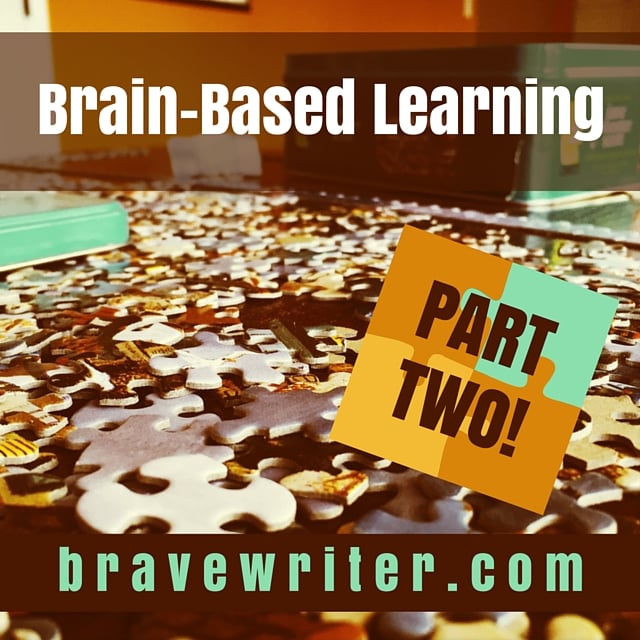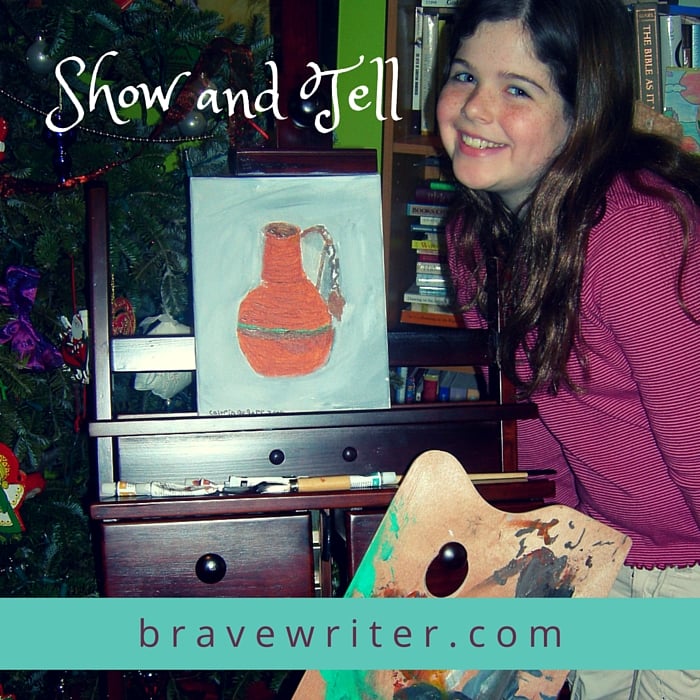Home education is a free fall of faith into a kind of learning, more than a set of objectives. We are trusting that the connections our children make between academics and snuggles, gaming and the three R’s will yield such a good overall education, our children will be prepared for the adult world—taking their place as fully qualified adults. We may move between home education and co-ops, public and private schools, tutoring and online courses to achieve our ultimate goals. Yet no matter how the homeschool is configured and no matter which aids we supply to our efforts, the belief is that the foundations we lay in the home as a family will result in both academic and social success—long term.
Yet what happens for most of us is that we flail! We can’t tell if we are making the right kind of progress. We doubt ourselves nearly every step of the way. We front load lots of scheduled academic work, then we back off in favor of delight-directed learning…until one child never leaves the computer for a 24 hour period and we freak out again and go back to daily work pages.
Then we wonder: What works? What am I doing right? If anything? Worse—What am I doing wrong? Everything?
To calm the anxious heart of an educator, it helps to take a bird’s eye look at what it means to learn. That’s the crux of our quest—the horcrux of our quest, really! If we could understand that learning was actually happening, we could relax a little, trust a little, take a few risks with less of the “freak-out” factor.
In last week’s Periscopes, I suggested that we would understand learning better if we looked at the research about the brain—examining what it means to learn. Part One of the Brain-Based Learning Scope has been viewed over 800 times in less than a week. I think it must be resonating! Part Two picks up where Part One left off. Be sure to watch it first.
Also, check out these two websites (they are easy to read and understand):
I also reference a specific 12 point model that can be found here.
If you step back from the curriculum hunt and understand the objectives of what you are really about—connections in the mind, cognitive development—you can look at what is happening in your home differently. You will focus less on whether you are “covering” the right stuff and more on whether it is taking root, catalyzing investigation, creating those important interconnections, and so on.
P.S. Received this fun comment from Brave Writer mom Venessa:
Julie,
Thanks for giving these talks on Periscope. I followed at your link so I couldn’t respond but I wanted to share with you that my 11 year old daughter was in the room working and in her peripheral perception was following your talk. She said more than once “See!!!?! She’s right!” Especially for points 7,9, and 11! 🙂
Thanks again!
Venessa
Enjoy the Scope, Brain-Based Learning: Part Two!






















